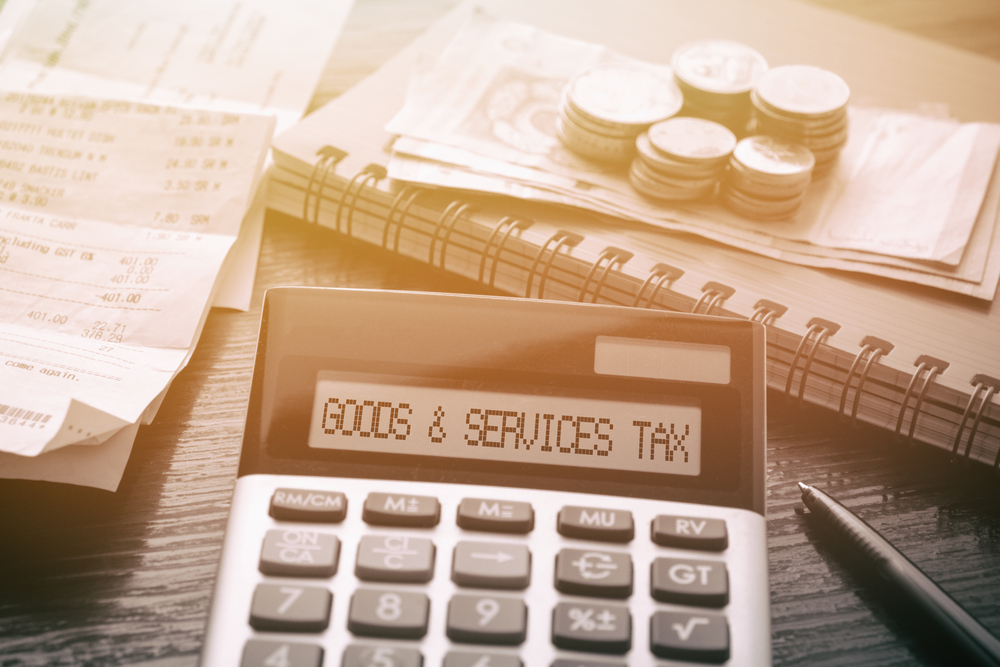Filing GST can be daunting, especially for new business owners and anyone new to the game. Filing GST has its rules and standards, and latecomers are not entertained well. Moreover, filing your GST late can even bring some complications and penalties.
Before we get to the GST return policies and rules, let’s dig into GST to make the term ‘GST’ more intelligible. GST stands for Goods and Services Tax, and GST return is crucial in GST acquiescence. GST return form is an agreement of all the GST-related transactions; that the businessmen submit to their respective governments.
We live in a GST era, where filing the GST return is not for a set of countries, nor is it limited to a set of businesses. There are indirect taxes, which need separate filing and comply with different return policies, sometimes individual for businesses.
Our GST era demands GST filing irrespective of what business you have. From manufacturers,
to retailers, traders, to re-sellers; everybody needs to file a GST return in their respective formats in the procedures of their liking.
With the online GST forms, GST filing in Canada and all the other countries has become more accessible, given you follow the prescribed formats. There are 19 online GST return forms, which you can use to file your GST return irrespective of your business.
What is the purpose of GST return?
From the GST return, the government assesses if a particular business needs a return of the taxes or needs to pay an additional amount given the GST-related obligations. GST filing in Canada is a crucial step in complying with the Goods and Services Tax and, therefore, is deemed an essential step in GST legislation.
Government organizations keep a check on the GST returns and have made it necessary to monitor business owners’ legal commitments. If a business fails to comply with the legal obligations of the GST return, it faces penalties and complications.
How to File the Goods and Services Tax Return?
Filing GST returns is essential for every businessman to run a legal business. So let’s get to know the GST return filing procedure. If you’re new to the game, stick to the end to learn all the tips and tricks you need to know about GST filing.
Gather all the Documents
No mistake is allowed when filing GST, so you must keep all the documents safe. The important documents you need to file the GST return are; bank statements, invoices, receipts, types of invoices, GST current rate, etc.
The dates of invoices and GST filings are also important, as all these documents allow you to calculate the input tax credit of your business. These docs not only give you the total amount payable but also let you know the recent due amounts.
Calculate the Input Tax Credit of your Business
As the name shows, the Input Tax Credit is the tax the businesses pay on their inputs. These inputs include anything they buy from manufacturers, retailers, or suppliers. It also consists of the tax paid on the raw material by the manufacturers.
Why calculation of ITC is essential when reviewing GST returns? ITC is refundable. Businessmen can claim a refund of their Input Tax Credit annually/monthly/quarterly. Businessmen can directly claim it from the concerned government authorities. Therefore, claim your ITC duly to avoid any complications.
File Form GTSR-3B
GTSR-3B form of the GST return aims for two kinds of information. One is the tax collected from the sales made in a specific period; the second is the Input Tax Credit collected simultaneously from the respective government authorities.
Let’s put some light on the tax collection information required in the GTSR-3B form. It is basically the output tax liability; in other words, the tax is collected from the purchases made. Therefore, business owners must provide full details of their Output Tax Liability for a specific period.
Online Submission of Returns
Once a taxpayer/business owner has submitted all the required details in the GTSR-3B form. The GTS return can be applied online via different official portals of the relevant government authorities.
For instance, GST filing in Canada can be done electronically through TELEFILE. Business owners just have to submit their claims to the official portals/intermediaries/paper to quickly process the GST return filing.
Outstanding Taxes Due must be Paid
Sometimes business owners look over the outstanding output liabilities when filing the GST return forms, which leads to additional charges in the form of interest. This might alter or mismanage your whole financial statement as you might suffer additional financial losses you might not have awaited primarily.
To avoid these unprojected losses, one must ensure that any difference in the Output Liability statement and the Actual Liability invoice should be cleared off before applying for a GST return. It can also be cleared before you finalize your GST return forms, just a step before you submit them.
Actual Liability and Output Liability difference occurs when there is any discrepancy in the figures and numbers mentioned and declared in the actual reports of a specific period. So, make sure that your figures prove what you are trying to claim.
Keep Accurate Records throughout the Year!
While it may not be a part of the GST return filing format, it is equally important to keep an accurate record of the figures and the dates. Then, it will not only be easy to claim your GST return but your reports will be verified without giving rise to any uninvited complications.
Over to You!
Filing a GST return might seem exhausting, but it is incredibly easy once you learn the formats and procedures. Getting familiarized with the procedure and different terminologies is equally essential, especially for small business owners.
Accuracy and punctuality are the keys to filing the GST return without facing any penalties. So make sure you follow both!

